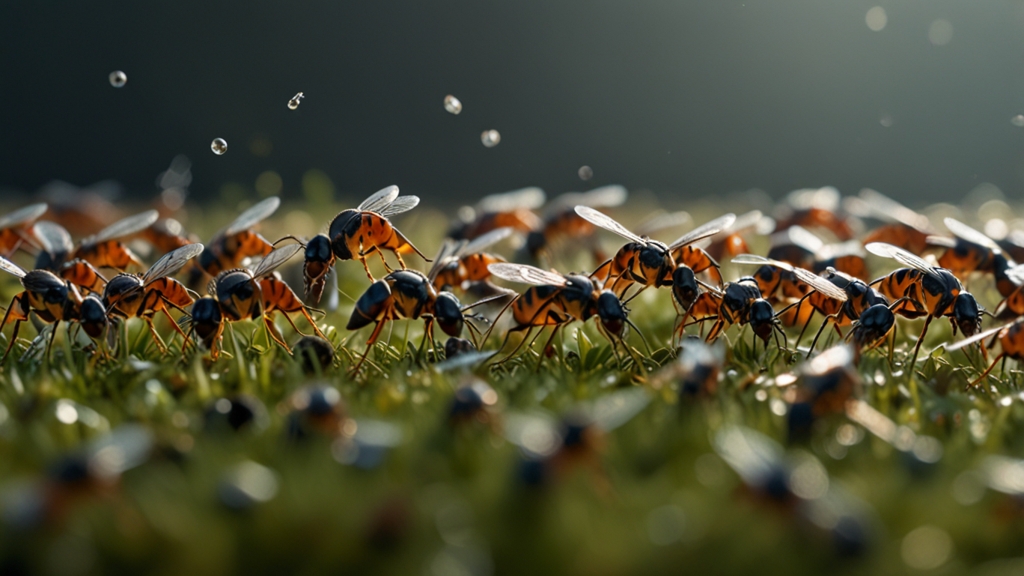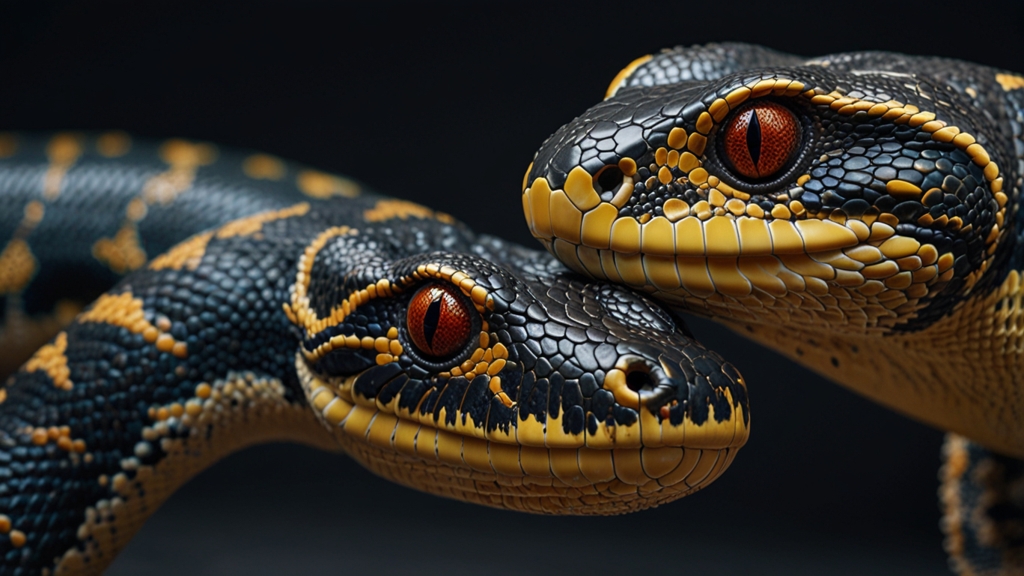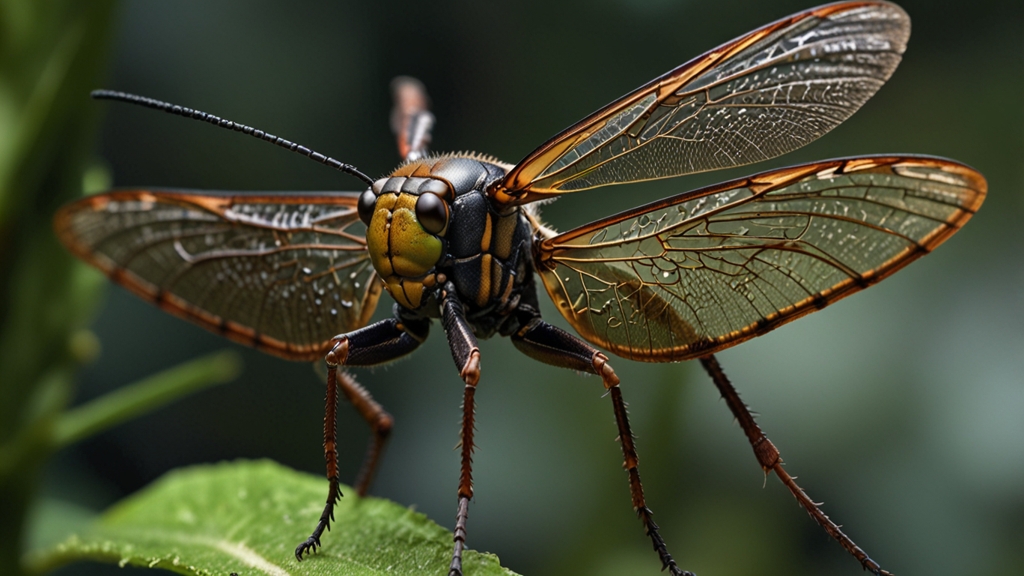The Science of Swarms: Why Some Insects Move in Perfect Harmony
From a distance, a swarm of insects appears chaotic and disorganized. But on closer observation, these swarms often exhibit perfect harmony and coordination. The synchronized movement of swarms is a fascinating phenomenon that scientists have been trying to decode for years. This article delves into the science behind swarms, exploring why some insects move in seemingly perfect unison.
Collective Behavior and Self-Organization
At the heart of swarm behavior is the concept of collective behavior. This refers to the ability of individuals within a group to coordinate their actions in response to each other and their environment. Insects like bees, ants, and locusts exemplify this behavior in the way they form complex patterns and systems without any central command.
The principle of self-organization—where simple rules followed by individuals lead to the emergence of complex behavior at the group level—plays a crucial role in swarming. For example, each insect follows basic guidelines such as maintaining a specific distance from its neighbors, matching their direction, and avoiding obstacles. These simple behaviors result in the intricate dance we observe in a swarm.
Mathematical Models and Algorithms
To understand the mechanics of swarming, scientists develop mathematical models and algorithms. These models simulate the rules that individual insects follow, providing insights into how these behaviors scale up to the group level. One well-known model is the Boids algorithm created by Craig Reynolds in 1986, which describes the behavior of flocking birds but is applicable to other swarming organisms as well.
The Boids algorithm relies on three primary rules:
- Separation: Avoid crowding neighbors (short-range repulsion).
- Alignment: Steer towards the average heading of neighbors.
- Cohesion: Move towards the average position of neighbors (long-range attraction).
Insects innately follow similar principles, which allows them to swarm cohesively. Advanced computer simulations based on these principles help scientists predict and analyze swarm behaviors more accurately.
"Swarms are a prime example of how simple individual behaviors can combine to produce complex group dynamics. It's nature's way of demonstrating the power of collective intelligence." — Dr. Jane Smith, Behavioral Ecologist
The Role of Communication
Communication among individuals in a swarm is indispensable for the coordination and harmony we observe. Insects use various forms of communication, including chemical signals (pheromones), visual signals, and even mechanical signals like vibrations.
For instance, ants use pheromones to leave trails that guide others to food sources and back to the nest. Similarly, bees perform dance-like movements to communicate the location of flowers. These forms of communication ensure that the swarm moves in a concerted manner, enhancing their efficiency in tasks such as foraging, defense, and migration.
Evolutionary Advantages
The evolutionary benefits of swarming are significant. Moving as a coordinated unit helps insects evade predators more effectively, locate food sources more efficiently, and even influence weather patterns. For example, a swarm of locusts can travel great distances, facilitating gene flow and increasing genetic diversity. This enhances the adaptability and survival of the species.
"Swarm intelligence is a testament to the incredible adaptability and efficiency of social insects. Their ability to self-organize and communicate provides immense evolutionary advantages." — Dr. Robert Greene, Entomologist
Moreover, the phenomenon of pseudospontaneous order—where order seems to emerge out of chaos—showcases the resilience and flexibility of biological systems. Such insights have practical applications in fields ranging from robotics to artificial intelligence, where principles of swarm behavior are used to develop algorithms for decentralized systems.
Conclusion
The science of swarms reveals the beauty and complexity of nature's systems. By studying the collective behavior and self-organization of swarming insects, we gain deeper insights into both biological phenomena and potential technological innovations. The perfect harmony observed in insect swarms is not just a marvel of nature; it is a window into the underlying principles that govern collective intelligence and coordination.







